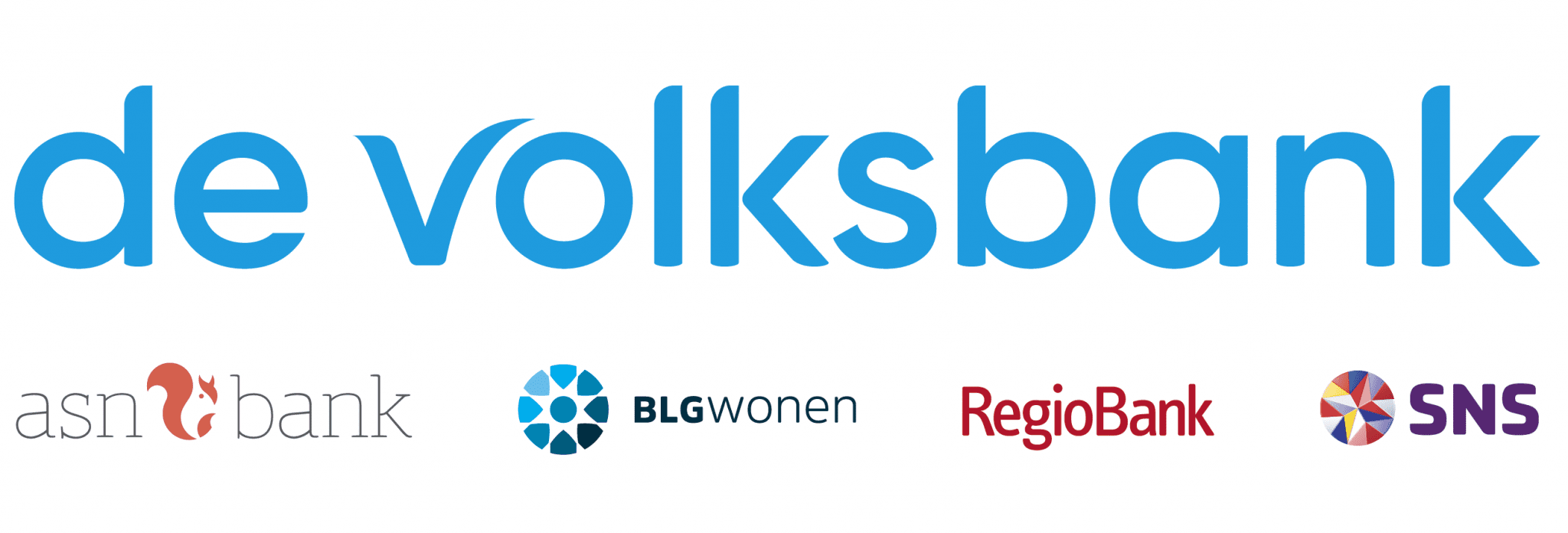
De Volksbank improves mortgage pricing quality with Simian™ based Pricing Tools
Introducing Tineke School and Remko van Dam
After studying applied mathematics, Tineke School worked as a Data Scientist & Developer at several organizations, and on various applications, such as traffic predictions and predictive maintenance of machines. Tineke joined De Volksbank 1.5 years ago as Data Scientist Pricing.
Remko van Dam has been working in the financial sector for about 30 years and was, among other jobs, during a 7-year period responsible for what is now Florius [the Mortgage Bank]. Prior to joining De Volksbank as the Category Manager ‘Wonen’ in 2019, Remko worked as an interim for 10 years, which was also the segway into De Volksbank in 2018.
Increasing the quality of pricing decisions
When Remko joined De Volksbank in 2019, mortgage pricing became one of his responsibilities. At that time, De Volksbank worked with an Excel based tool, which was unstable, slow, and it was difficult to add new functionality. From that moment on, the idea to design a new Pricing Tool was raised with Balance Sheet Management.
Remko: “MonkeyProof Solutions has made a significant contribution to this initiative as a development and technology partner.”
Remko: “There are dozens of mortgage providers in the Dutch market, including several larger ones who work with robust tooling, like we are doing today. Other providers simply look at the interest rates of competitors and then, for example, drop 5 points; they have no price elasticity tool, or all kinds of market data directly available in robust tooling.”
As a Pricing Data Scientist, Tineke helps further evolve the Pricing Tools that have been developed together with MonkeyProof Solutions, and which the various brands within De Volksbank now use. For example, several front-end adjustments have been made, including adding features so that extra data became visible, and business end-users could see more inputs.
Pricing Tools that can be adapted to the business needs
In 2023, De Volksbank introduced a new product, Bespaarhypotheek [a mortgage product with its interest rates coupled with the energy efficiency of a property, as per the mandatory Energy Performance Certificate]. This is an innovative product with separate pricing for which a new Pricing Tool has been developed, also in collaboration with MonkeyProof Solutions.
De Volksbank currently has 6 Pricing Tools running in production; 4 Pricing Tools for each of the 4 brands, with their own price elasticity for example. There is also a cumulative Pricing Tool at the level of De Volksbank, something that did not exist in the Excel era.
Remko: “I am very happy with that because the stability is much better, and I can’t imagine having to go back to those Excel tools. Second, which is something that Tineke has contributed towards, we now also have more information available in one central place. It is a pricing tool, but it is also a market tool with all the information we need to make high quality pricing decisions at a higher frequency. The dynamics have increased enormously in the market, and our current Pricing Tools help us tremendously with this.”
Tineke: “The structure of the [MATLAB back-end, Simian front-end] Pricing Tools also means that I have fewer application management tasks compared to with Excel. Now we have one code base for our 4 brands, which means that I can spend more time on further enhancements [adding more value to the business]”.
Tineke: “The Pricing Tools set-up with Simian also facilitates the more complex pricing workflows of our end-users, by enabling continuous and fast communication between front-end and deployed back-end, for a range of functionalities.”
Cross-functional collaboration and continuous improvement
The department is set-up in a way to support cross-functional collaboration and continuous improvement. This means that the feedback from the business end-users and how the Pricing Tools are used, quickly reaches developers like Tineke, so that they can quickly act on it.
Simian Web Apps also enables iterative development and testing processes. Locally developed Apps are 100% identical to the deployed Web App, which facilitates testing and engaging business end-users early in the process.
Tineke: “I can translate a front-end feature request directly into a button, table, tab, or graph, run the App locally on my machine, involve the business end-users via MS Teams or in person, and ask for their feedback and input.”
Remko: “The price choices we make are based on expected results. We always look back at what the Pricing Tool has predicted with regards to market share and competitive position, and what has been achieved, to see whether we can improve the model, the quality of the assumptions, is there something going on in the market which makes us predict something odd?”
Tineke: “A lot is based on the outcome of the underlying model, so the requirements for using that model are high. The same input [data, parameters], should lead to the same output, we need to 100% understand how the model works.”
Remko: “It is short cycle. We make price decisions every week, so to speak – it is a continuous process – so the impact of such a decision – if it turns out to be wrong afterwards – will be repaired within a week.”
A future proof development platform
Analytical modelling teams in financial services increasingly adopt open-source languages like Python to innovate faster, find opportunities to reduce cost, and increase access to talent in the market. This is not any different for De Volksbank.
Simian provides an analogue set-up for both MATLAB and Python based back-end and front-end workflows, facilitating smooth transition from one language to another.
About de Volksbank
De Volksbank is the parent company of SNS, ASN Bank, RegioBank and BLG Wonen. As a bank with more than 3 million customers and more than 3,000 permanent employees, De Volksbank wants to distinguish itself by being the bank with the strongest customer relationship and with the largest, proven social impact.
De Eerlijke Bankwijzer [the Fair Bank Guide] – an independent benchmark that shows how sustainable banks are – announced in May 2023 that De Volksbank and its brands SNS, ASN Bank, RegioBank and BLG Wonen have the highest green scores of all banks in the Netherlands.
In addition, ASN Bank, RegioBank and SNS were voted the three most customer-friendly banks in the Netherlands in 2023.

